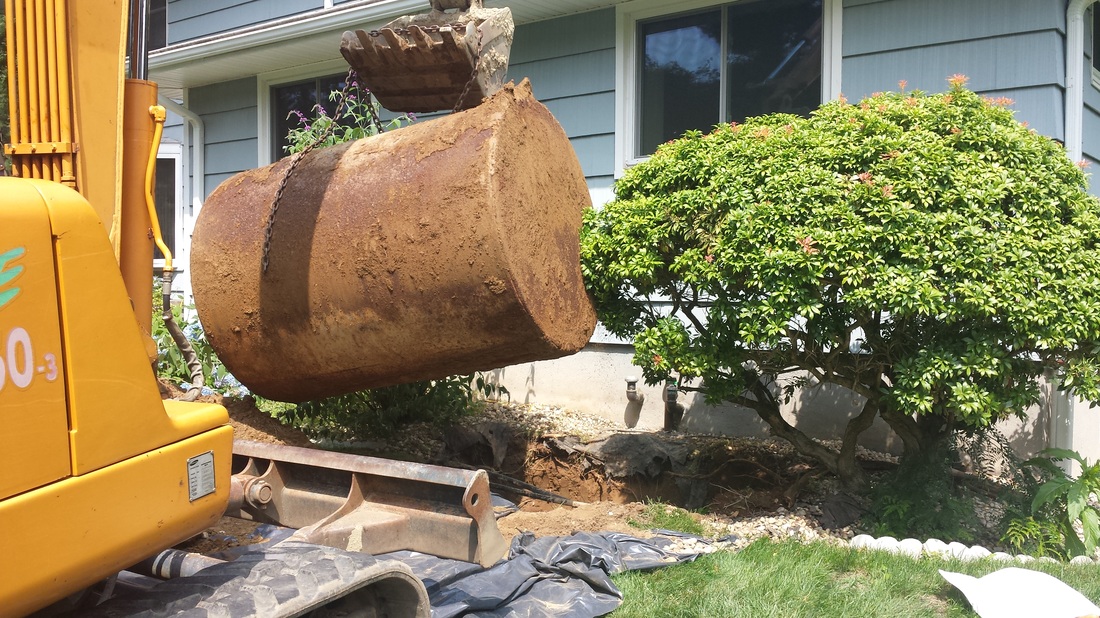Most homeowners do not take the time to spend much time thinking about their oil tanks. This unassuming metal container buried or hidden in the basement plays crucially in keeping your family and you warm. Unfortunately, like any equipment that you own, the lifespan of your oil tank isn’t a lifetime. Ignoring your oil tank’s replacement could result in serious dangers for you and the environment.

Why replacing your oil tanks should be your top priority:
Ticking Time Bomb or Peace of Mind Over time the oil tanks begin to corrode and weaken, which increases the risk of leaks. Even a small spill can cause environmental damage, cost-intensive cleanup, and even health risks. Make sure to replace your tank prior the tank fails to ensure your security and peace of mind.
Understanding the cost of replacing an oil tank is vital. Although the cost of replacement varies between $1,200 and $4,600 according to factors like tank size and location, disregarding a damaged tank could lead to much higher costs related to leaks, fines, or even property devaluation. Costs for a replacement 275-gallon oil tank, the most common size, generally range between $1500 and $2,000 Be aware that early detection and proactive replacement are the most cost-effective options.
Finding Your Local Heroes If you are looking for an oil tank replacement in your area, don’t settle on the first search result. Review the quotes of reputable companies and inquire about their qualifications, experience and warranties. For a safe and effective installation, you should depend on the installer’s experience.
Unlocking Savings: Believe it or not proactive replacement of your oil tank can lead to savings! Numerous states and municipalities provide incentives and rebates to encourage responsible ownership of tanks. Consider these options when calculating the cost.
Take into consideration the tangible benefits of the oil tank. A new oil tank can help reduce heating costs, and also provide peace of mind.
Your route for oil tank security
Find out the age of your tank and its history: Most tanks last between 15 and 20 years. You can look up your tank’s information, or contact an expert for an extensive inspection.
Look out for warning signs. Be aware of signs of cracks or bulges within the tank or the soil surrounding it.
Get informed: Research oil tank replacement costs, regulations, and local resources.
Request quotes from professionals who are qualified. Find out about their experiences and credentials.
It’s recommended to change your tank immediately if you want to avoid any issues with safety, money, or the environment.
It’s essential to keep in mind that neglecting your oil tank goes beyond simply being a nuisance; it’s a major risk. The replacement of your oil tank isn’t solely about maintenance. It’s an opportunity to safeguard your home, family and your investment. When you prioritize the replacement of your oil tank, you ensure that your home is safe and secure heating system. This proactive approach not just peace of mind and peace of mind, but also signals the ongoing dedication to security and well-being. Don’t underestimate the significance of maintaining the oil tank. It is an important element to protect your house and the people who reside there. An appropriately maintained and up-to-date tank can provide peace of mind and comfortable living space.
